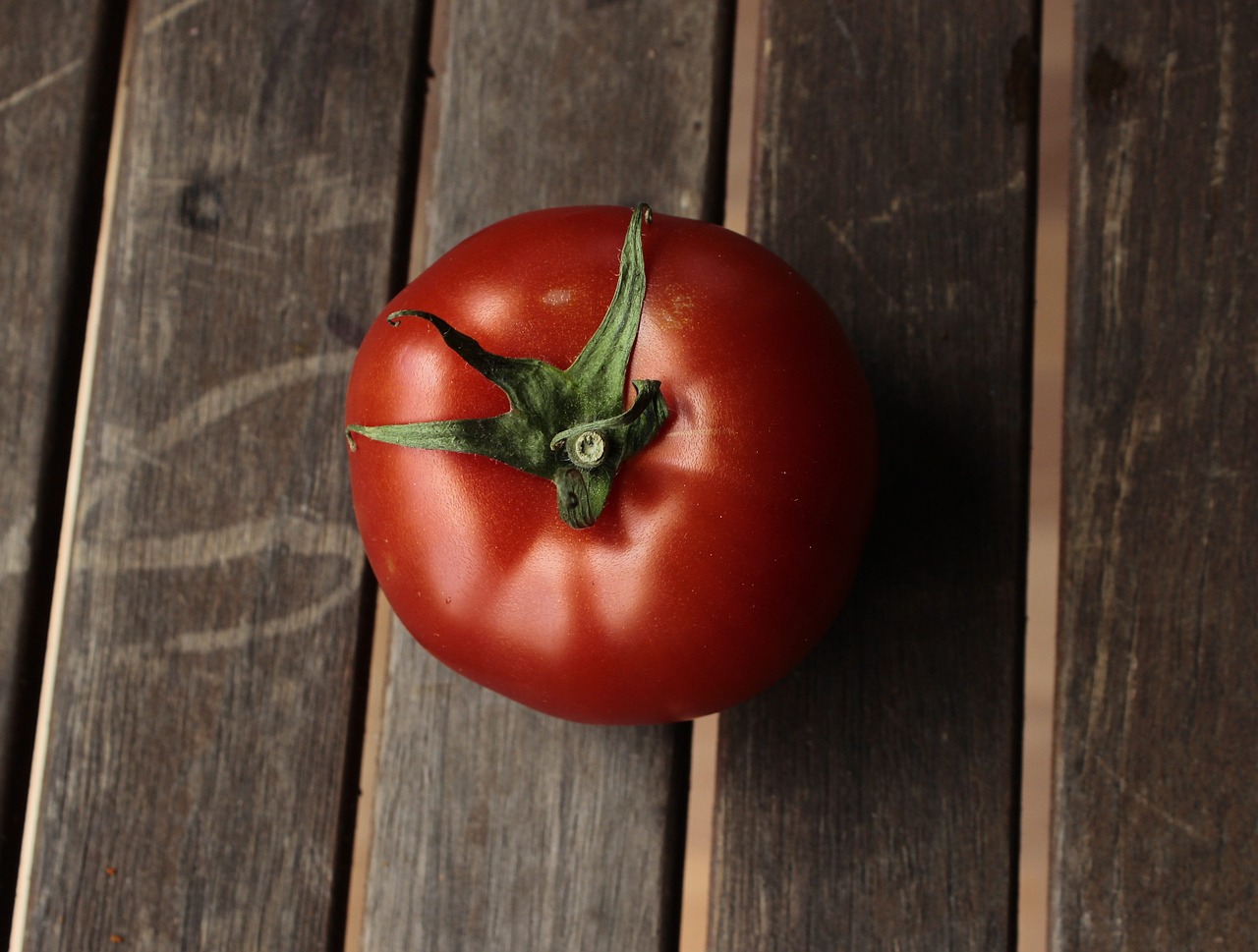Tomatoes have been causing confusion over their classification for many years. While they are commonly used as a vegetable in cooking, they are technically a fruit. This confusion has even led to legal battles in the past to determine whether tomatoes should be classified as a fruit or vegetable for tax purposes.
In botanical terms, the scientific definition of fruit is any structure that contains seeds. This means that since a tomato contains seeds, it is classified as a fruit. However, it is understandable why many people consider it a vegetable due to its culinary use in savory dishes.
Despite the confusion about its classification, there is no denying that tomatoes are packed with nutrients. They are a great source of vitamins C and K, as well as potassium and fiber. In fact, incorporating tomatoes into your diet can have several health benefits, such as improving heart health and reducing the risk of certain cancers.
So whether you consider tomatoes a fruit or a vegetable, there’s no denying their nutritional value. You can add them to salads, make sauces with them, or simply enjoy them raw as a snack. Whatever your preference, be sure to include these delicious and nutritious fruits in your diet.
The scientific definition of fruit
Understanding why tomatoes are scientifically classified as a fruit and not a vegetable requires looking at the biological definition of fruit. In technical terms, fruits are defined as any structure that contains seeds. Such structures stem from the ovaries of flowering plants and develop after pollination.
Tomatoes fulfill this botanical definition since they contain seeds and develop from the plant’s ovary. By this definition, it is clear that tomatoes are fruits rather than vegetables. The confusion over their categorization as a vegetable arises from their culinary use rather than their biological characteristics.
Interestingly, there are several other fruits that are commonly mistaken for vegetables such as cucumbers, bell peppers, and eggplants. While this distinction may seem trivial, it has led to legal battles in the past over categorizing certain produce for taxation purposes.
The legal battle over tomatoes
Tomatoes have always caused confusion when it comes to their classification as a vegetable or fruit. However, this confusion went beyond semantics and created legal battles. Tomatoes were the center of one such high-profile lawsuit in the late 1800s when the US Supreme Court was forced to decide whether tomatoes were fruits or vegetables for tax purposes.
The lawsuit was filed by John Nix, a tomato importer, who claimed that tomatoes were a fruit and should not be subjected to taxes that were only applicable to vegetables. However, the customs officials argued that since tomatoes were mainly used as a vegetable and not consumed as a fruit, they could be considered as such for taxation purposes.
The case went all the way to the Supreme Court, and after much deliberation, the judges decided in favor of the officials, classifying tomatoes as vegetables for taxation purposes. Even though this decision had no scientific basis, it established a precedent that still holds today.
Nutritional differences between fruits and vegetables
When it comes to determining whether tomatoes are a fruit or a vegetable, it is important to look at the scientific definition of fruit. Botanically speaking, any structure that contains seeds is a fruit. Therefore, tomatoes are technically a fruit, not a vegetable. However, many consider them a vegetable due to their culinary use.
One major difference between fruits and vegetables is their sugar content. Fruits tend to be sweeter and contain more sugar, while vegetables are lower in sugar and higher in fiber. However, the nutritional differences between the two are minimal.
Tomatoes are packed with nutrients, regardless of whether they are classified as a fruit or a vegetable. They are a great source of vitamin C, vitamin K, and potassium. Incorporating tomatoes into your diet is easy and delicious – they can be added to salads, blended into sauces, or simply enjoyed raw with a sprinkle of salt and pepper.
Ways to incorporate tomatoes into your diet
Tomatoes are a versatile and delicious addition to any diet, whether you consider them a fruit or a vegetable. One great way to enjoy tomatoes is to add them to salads, which provides a refreshing and healthy meal option. You can also blend them into sauces, which can be a great substitute for high-fat, high-calorie condiments. Finally, you can enjoy them raw, sliced thinly with a sprinkle of salt and pepper, which is a simple and nutritious snack option.
In addition to being delicious, tomatoes are packed with nutrients. They are a great source of vitamin C, potassium, and folate, and also contain antioxidants that can help protect against certain diseases. So regardless of how you classify them, be sure to incorporate tomatoes into your diet for their many health benefits.

